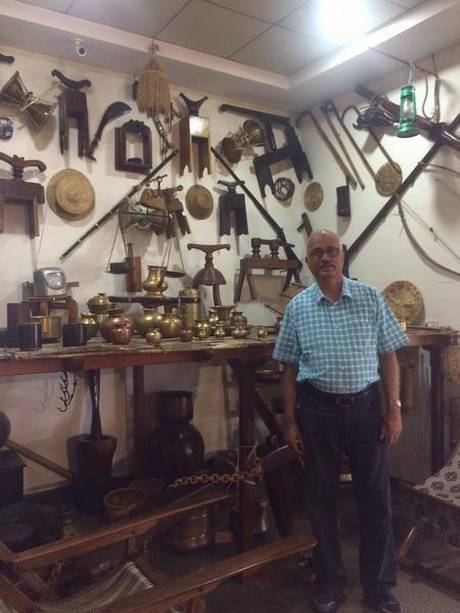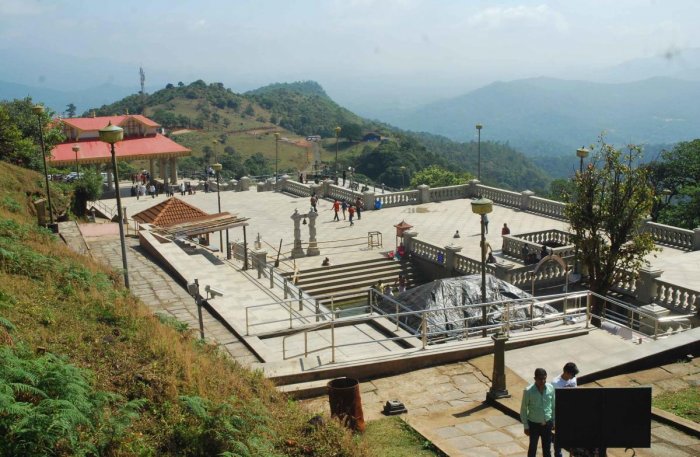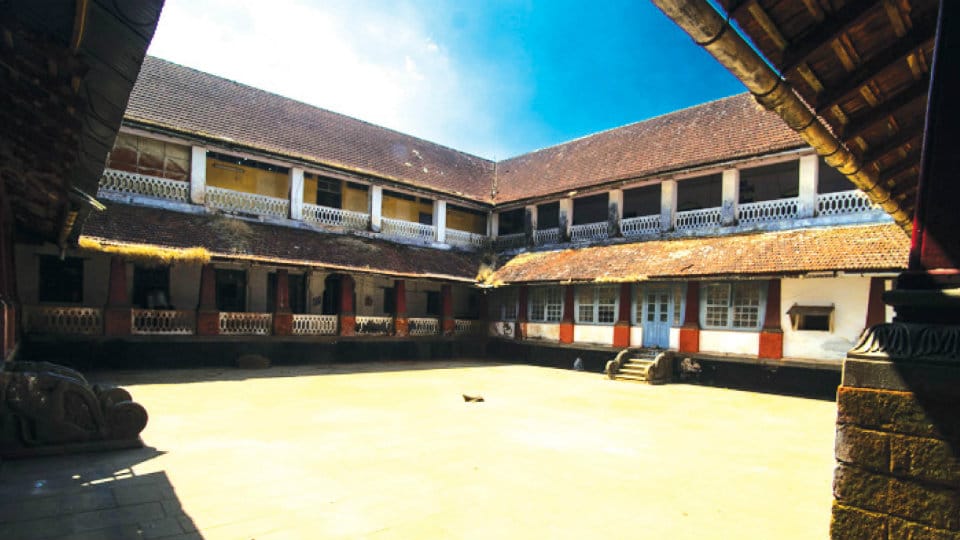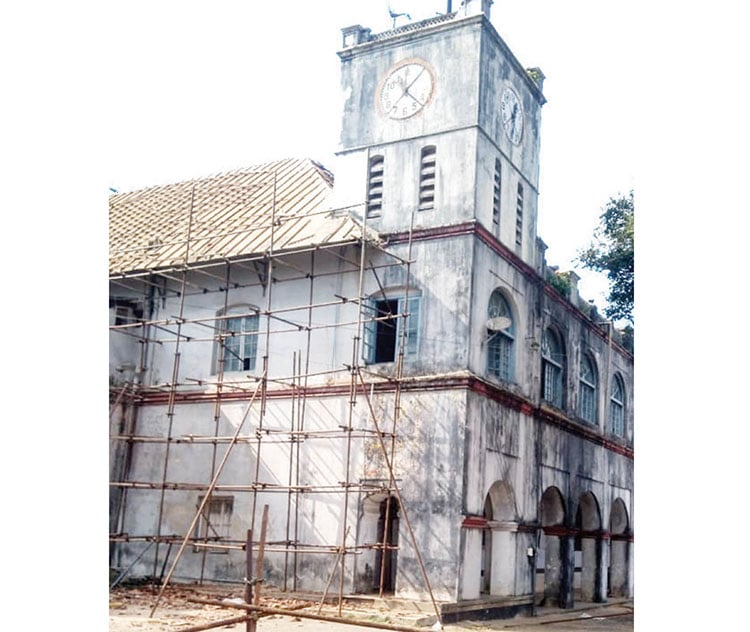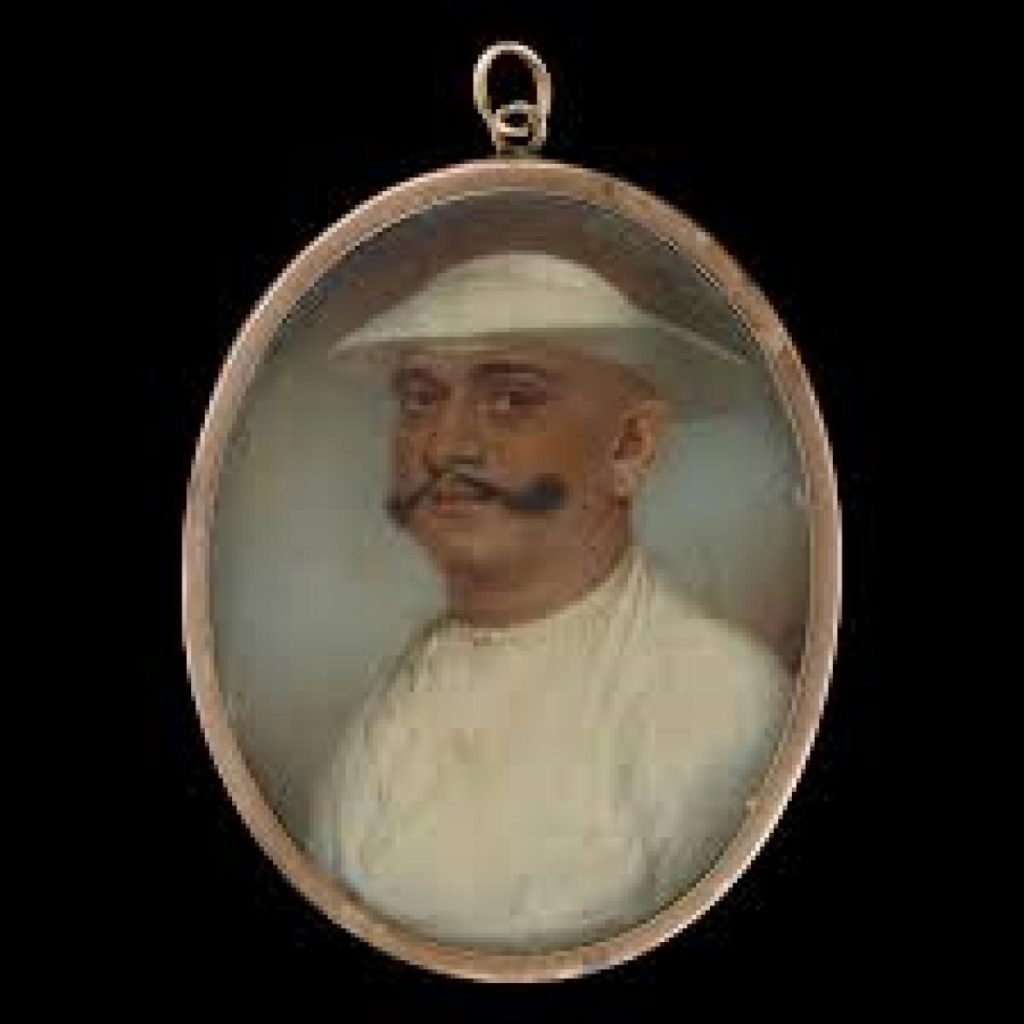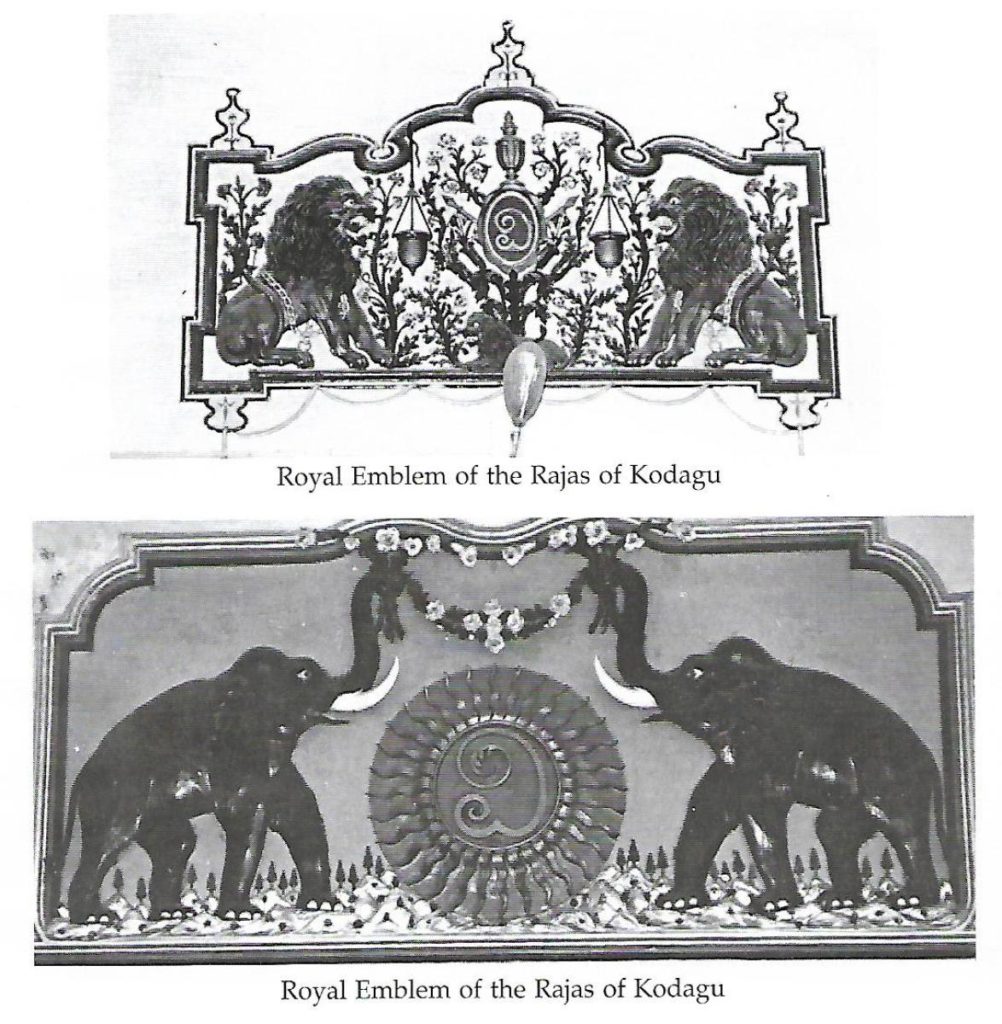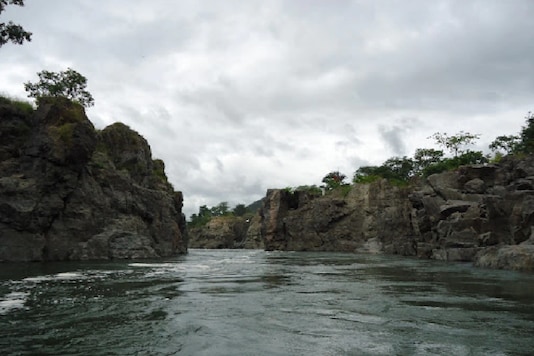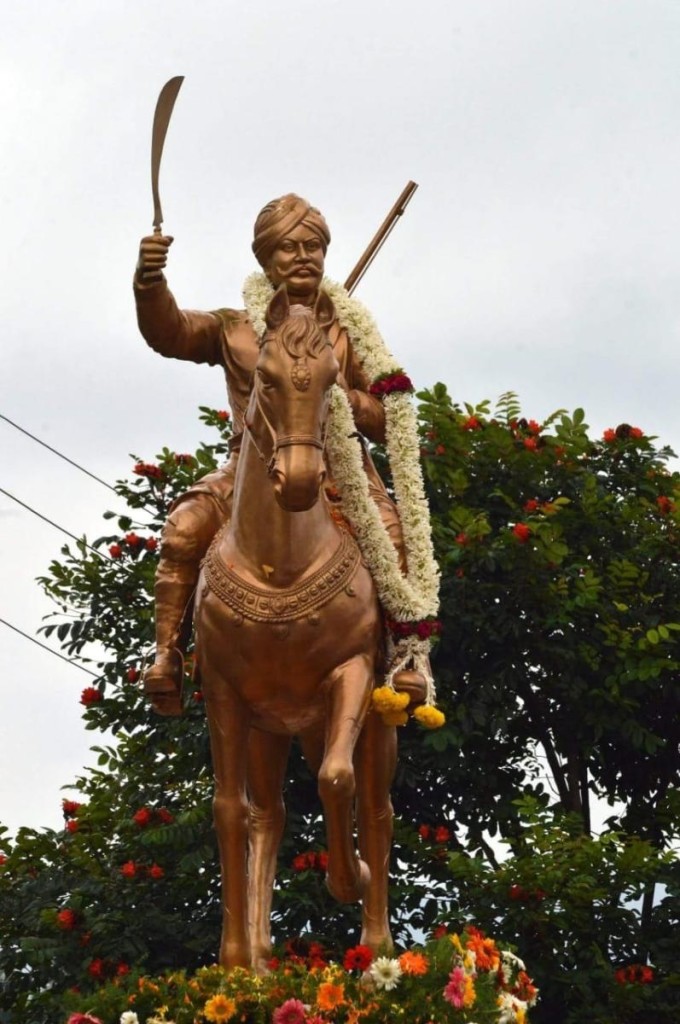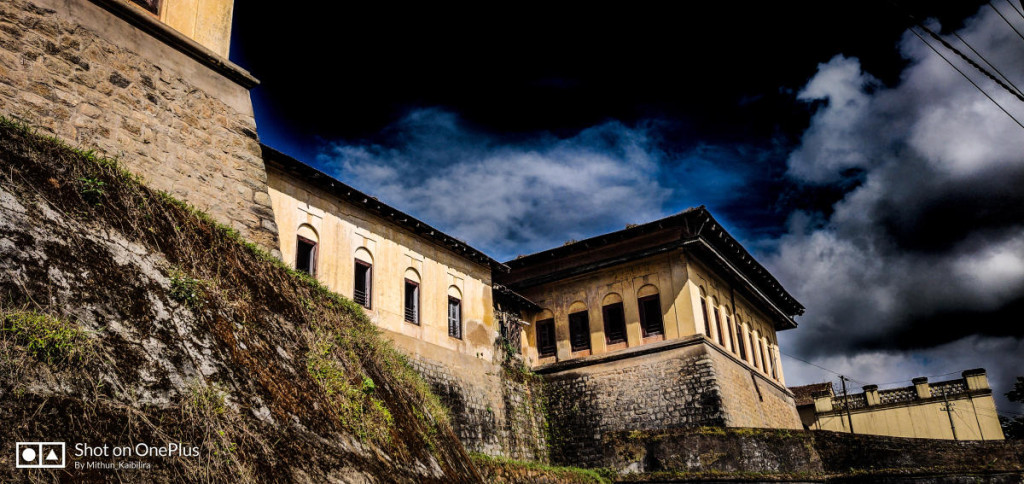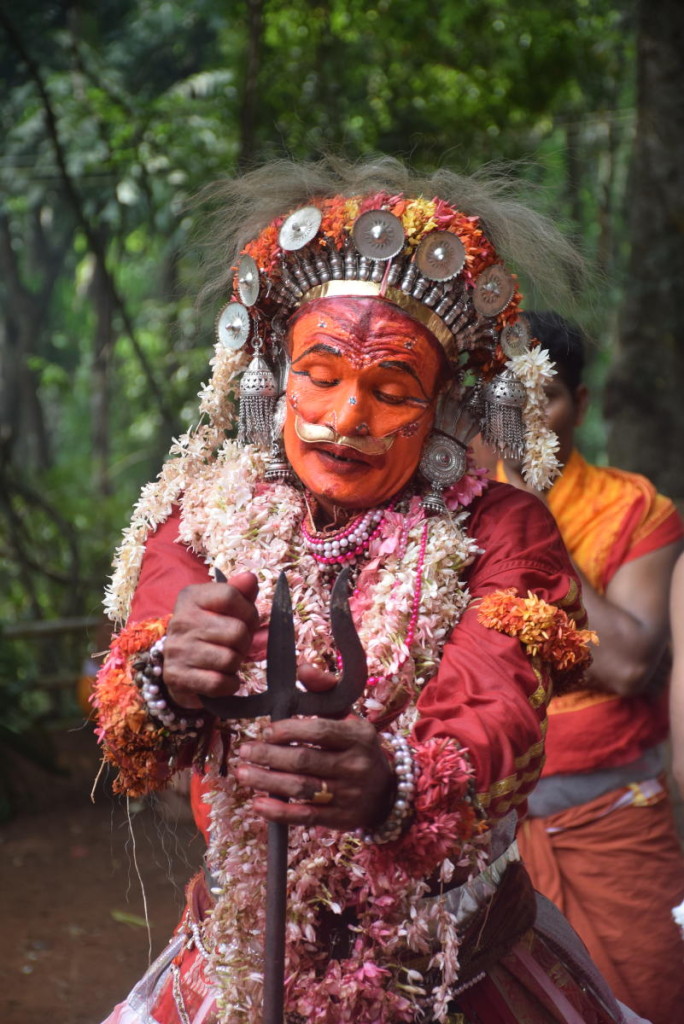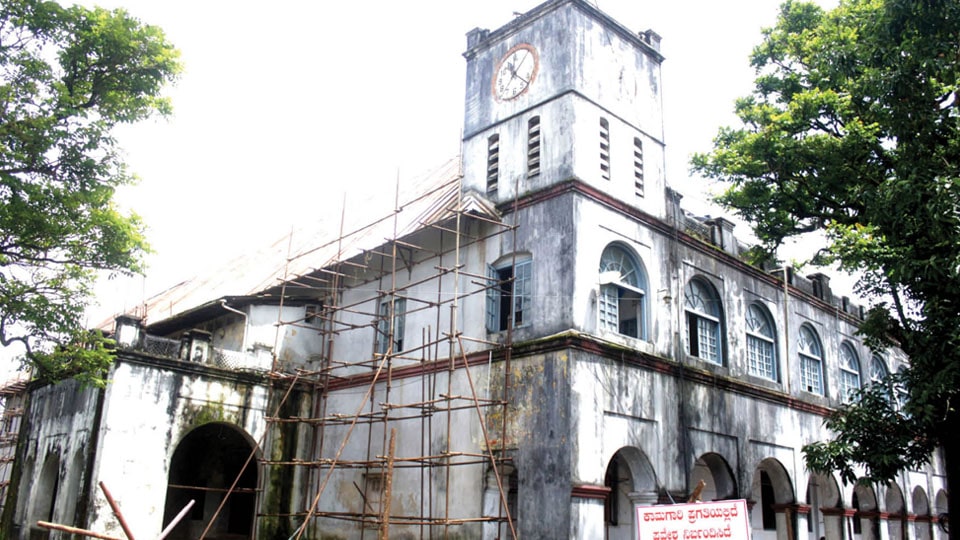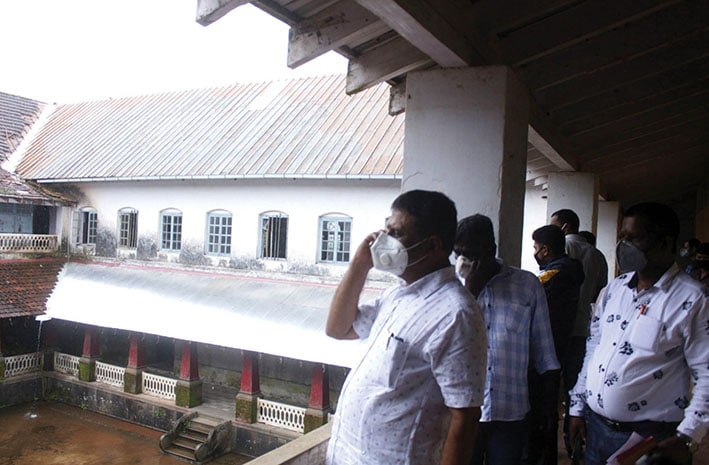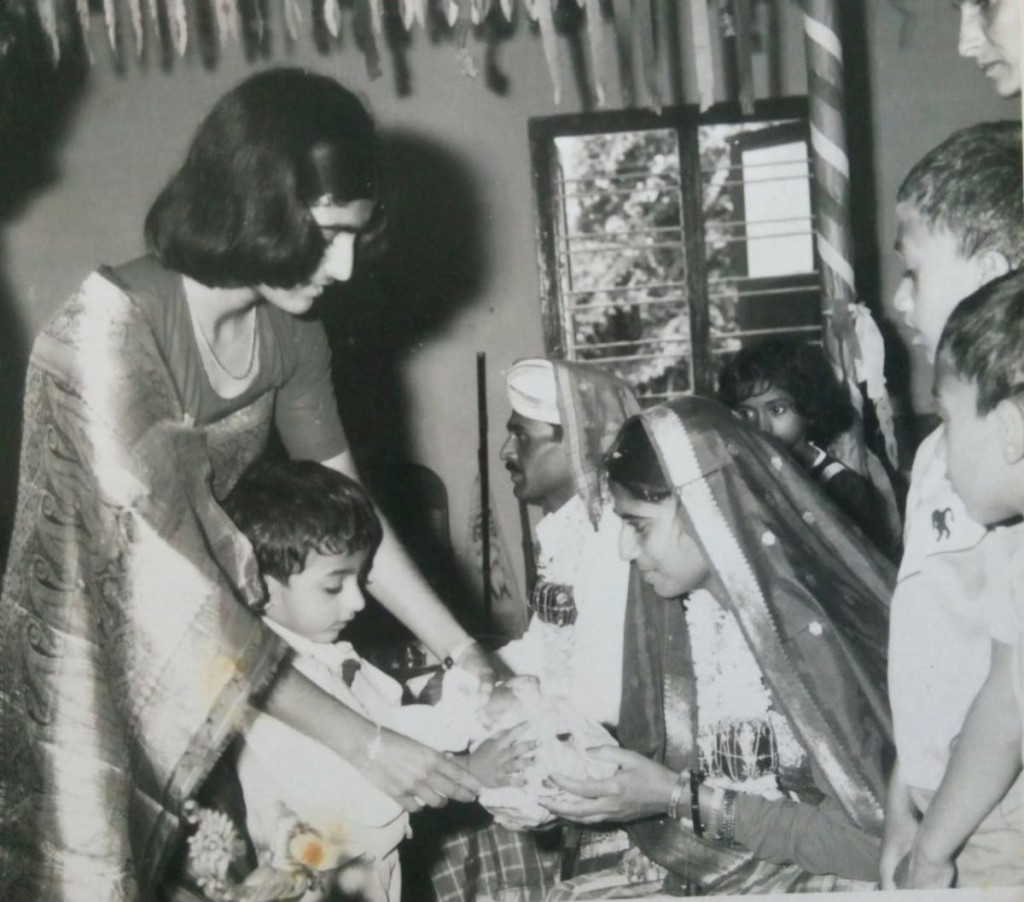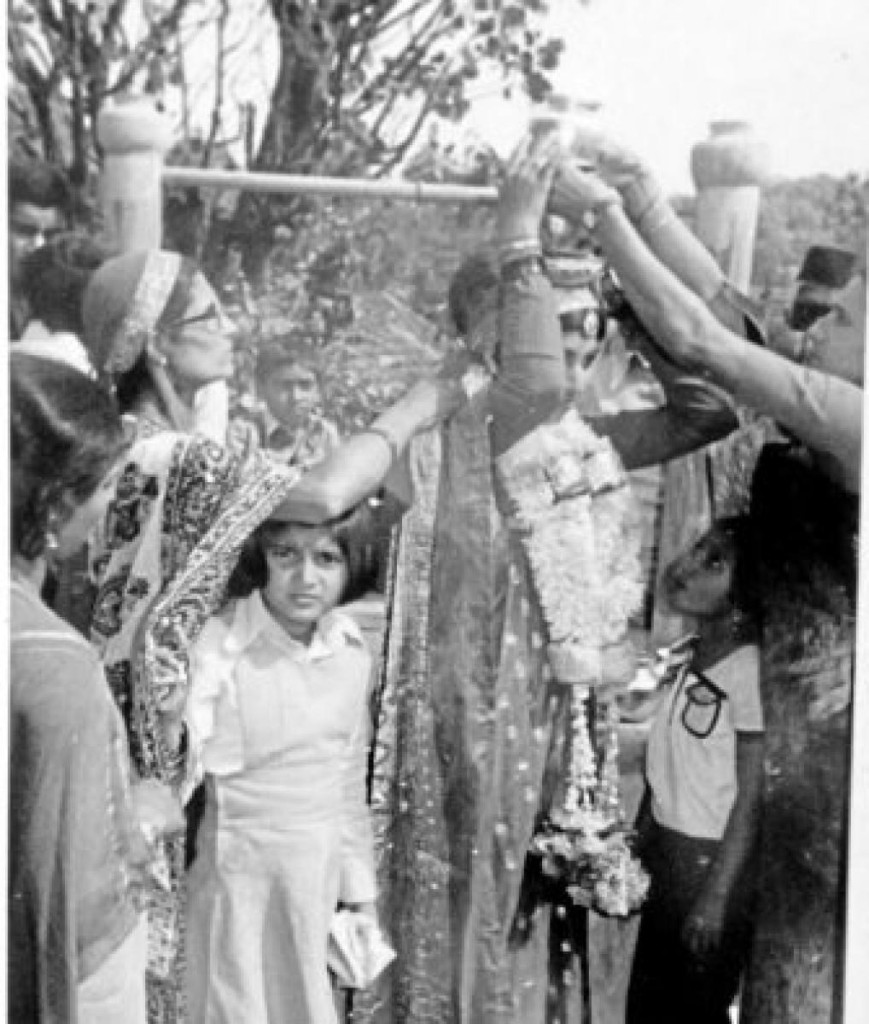ATG’s weekly selection of items that caught bidders’ eyes includes a rare Charles II silver sugar box described as “in an exceptional state of preservation” that sold above estimate in Nottingham.
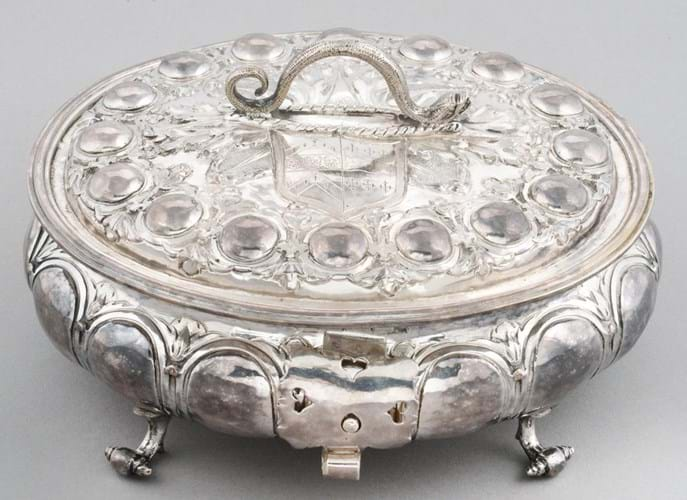
1. Prattware coiled pipe – £880
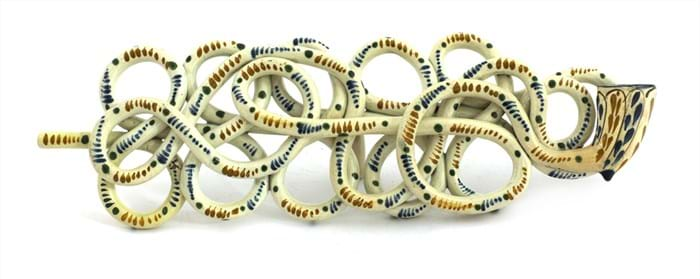
Sworders in Essex is dispersing one of the world’s finest collections of pipes and smoking accoutrements across a number of sales this year. The Trevor Barton (1920-2008) collection represents more than 50 years of acquisition and study by a Hertfordshire pipe collector known to many in the antiques trade as ‘The Pipe Man’.
Barton began collecting pipes and other tobacco-related items in 1947, shortly after he was demobbed. In addition to regular visits to Bermondsey market, he travelled widely during a sales and marketing career which helped him to grow his collection.
Selected items from the Barton collection were sold at Christie’s in 2010, but the remainder were kept by the family. The first tranche of the collection formed part of Sworders’ Fine Interiors auction on September 22.
Every lot (many of them multiples) sold above top estimate including this Prattware coiled pipe c.1820, elaborately coiled and painted in ochre and blue dashes. Expected to bring £400-600, it made £880.
2. Coorg War knife – £8000
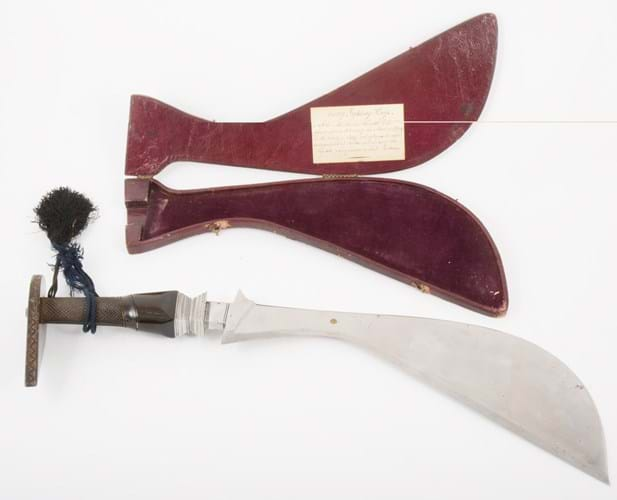
This 19th century Indian knife with a shaped and carved horn handle comes in its original morocco case. A handwritten label says it was gift from the Raja of Coorg to Colonel George Mackenzie Stuart, the commander of a column of the Madras Army at the taking of Coorg and commandant at the fortress of Vallore where the Raja was later held.
This appears to reference the Coorg War fought between the British East India Company and the small south Indian state in February-April 1834. British losses during the campaign were 93 killed before the British ensign was raised and Chikavira Rajendra, the last ruler of the Coorg kingdom, was sent into exile.
Coupled with this provenance, this fine knife sold for £8000 (estimate £400-600) at Gildings of Market Harborough on September 22.
3. Harry Rountree illustration – £2600
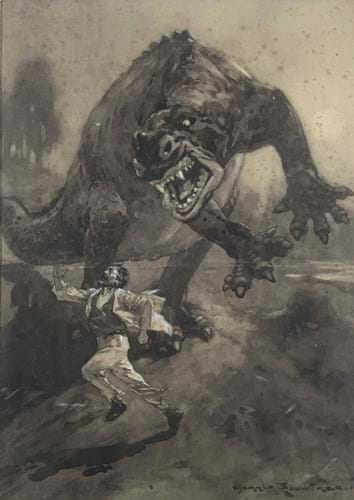
It was estimated at £40-60 but this 14 x 10in (35 x 25cm) pen and ink by New-Zealand-born artist Harry Rountree (1878-1950) sold for £2600 at David Lay in Penzance on September 17.
Fully signed, is one of the original grisaille illustrations created for Conan Doyle’s sci-fi classic The Lost World. The story of an expedition to a plateau in the Amazon basin where prehistoric beasts still survive has spawned many films (the first in 1925). However, it was originally published serially in the Strand Magazine during the months of April-November 1912 with Rountree supplying the illustrations.
4. Charles II silver sugar box – £19,000
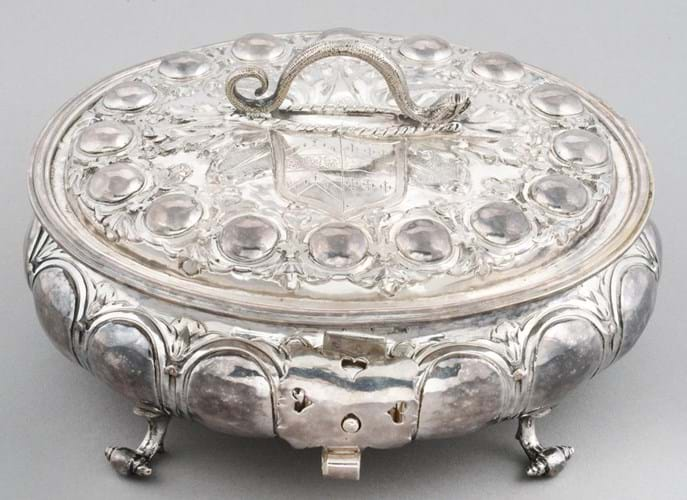
In family ownership for several generations, this 27oz Charles II sugar box was described by Nottingham auctioneers Mellors & Kirk as “in an exceptional state of preservation, with hardly any sign of wear and no damage or repair worthy of note”.
Probably last on the market a century ago, it is engraved with an armorial crest and fully marked to the rim, lid and hasp for London 1681 and the maker’s mark AR with a mullet and two pellets below.
Estimated at £10,000-15,000 on September 16, it took £19,000.
5. Portrait of WH Auden – £28,000
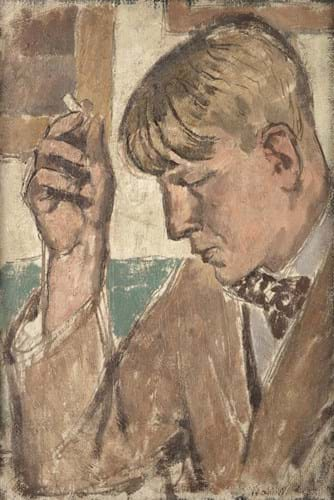
This oil on canvas portrait of WH Auden (1907-73), offered for sale at the Bonhams Modern British and Irish Art sale on September 16 is by Maurice Feild (1905-1988). It came by descent from the artist to a private collection in the UK.
Feild and Auden were colleagues and friends during their time teaching at the Downs School, Colwall during the early 1930s with this informal 22 x 15in (56 x 38cm) portrait signed titled and dated verso 1937. It was a key year for Auden: his visit to Spain where he experienced first-hand the horrors of civil war, provided the inspiration for his poem Spain.
Feild, an associate of the Euston Road School of painters, later went on to teach at the Slade in 1954.
A picture of obvious literary interest, it was pitched at an appealing £800-1200 but found sufficient admirers to bring £28,000.
source: http://www.antiquestradegazette.com / Antiques Trade Gazette / Home> News> 2020 / by Roland Arkell / September 25th, 2020
